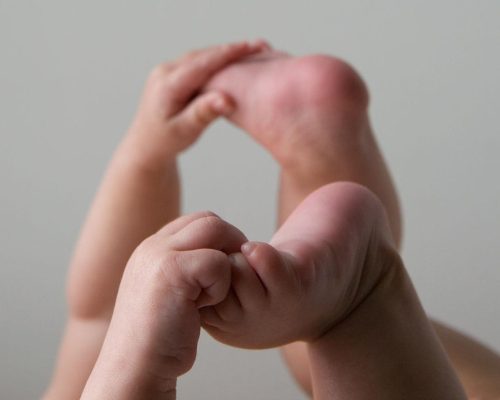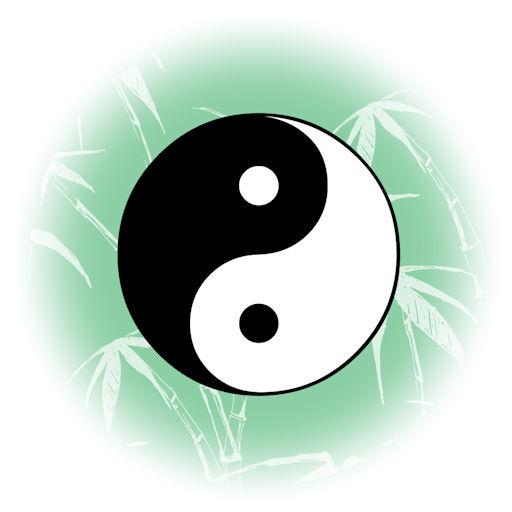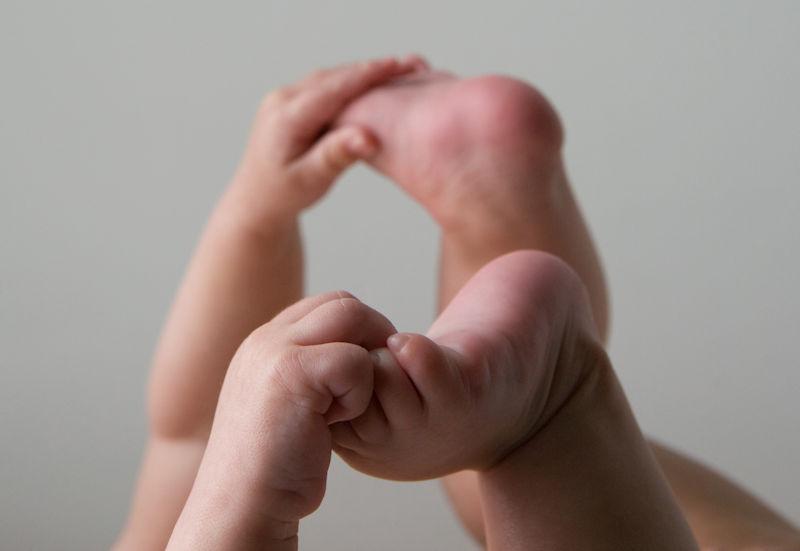
Brain, Toes, and Fingers: Clues About How They Connect
Highlights [bolding below is by editor here]
- There are systematic but distinct patterns of confusion between fingers and toes.
- Idiosyncrasies in patterns of tactile confusion are shared between fingers and toes.
- Tactile confusions likely arise from high-level representations of the body.
- Shared confusions may be a result of a common representation of fingers and toes.
Note by editor: important for us as Tai Chi Chuan practitioners is that there are innate connections between toes and fingers. The article is also studying pathology (“confusion”) between toes and fingers, but for us, the natural brain connection of toes and fingers is information that is more essential, and points to a fundamental of Tai Chi Chuan practice for most effective movement integrating brain and body.
Abstract
There are many similarities and differences between the human hands and feet. On a psychological level, there is some evidence from clinical disorders and studies of tactile localisation in healthy adults for deep functional connections between the hands and feet.
One form these connections may take is in common high-level mental representations of the hands and feet. Previous studies have shown that there are systematic, but distinct patterns of confusion found between both the fingers and toes. Further, there are clear individual differences between people in the exact patterns of mislocalisations.
Here, we investigated whether these idiosyncratic differences in tactile localisation are shared between the fingers and toes, which may indicate a shared high-level representation. We obtained confusion matrices showing the pattern of mislocalisation on the hairy skin surfaces of both the fingers and toes.
Using a decoding approach, we show that idiosyncratic differences in individuals’ pattern of confusions are shared across the fingers and toes, despite different overall patterns of confusions. These results suggest that there is a common representation of the fingers and toes.



